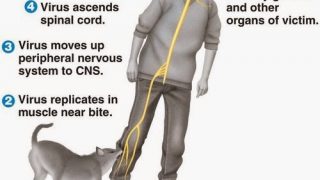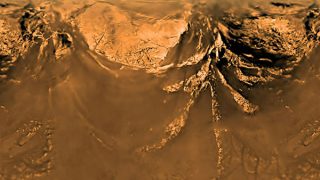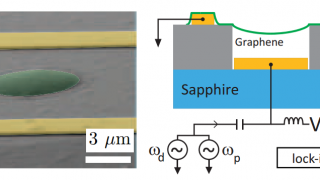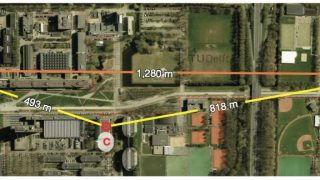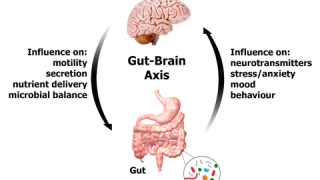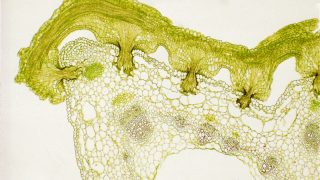
Parasite plant check
Cuscuta (dodder) is a genus of about 200 species of obligate parasitic plants. They use airborne volatile organic compound cues to locate their host plants and then, they produce feeding structures named haustoria that penetrate into the vascular system of the host plants and suck their sap exploiting their carbohydrates, nutrients, and water. They also […]


